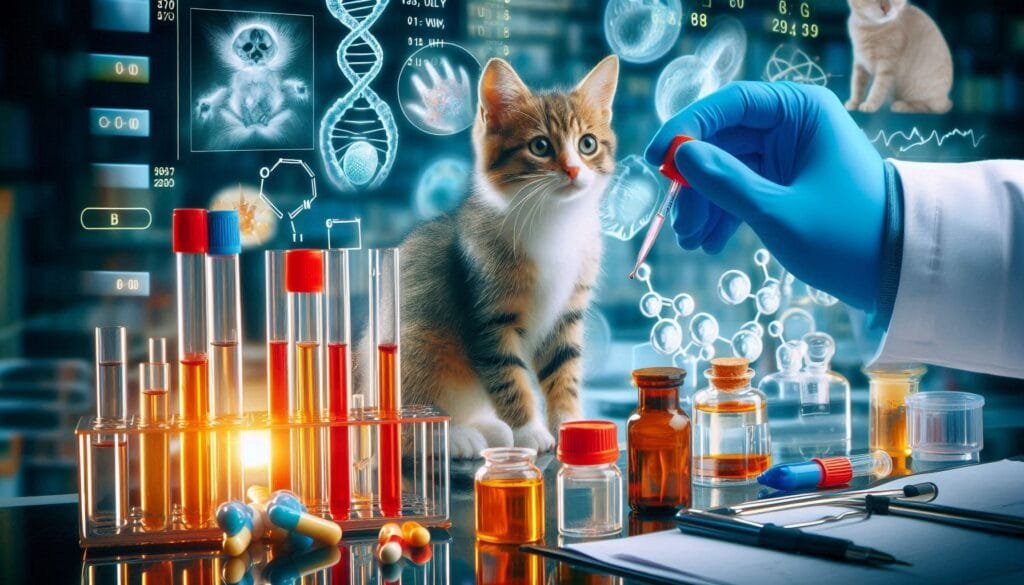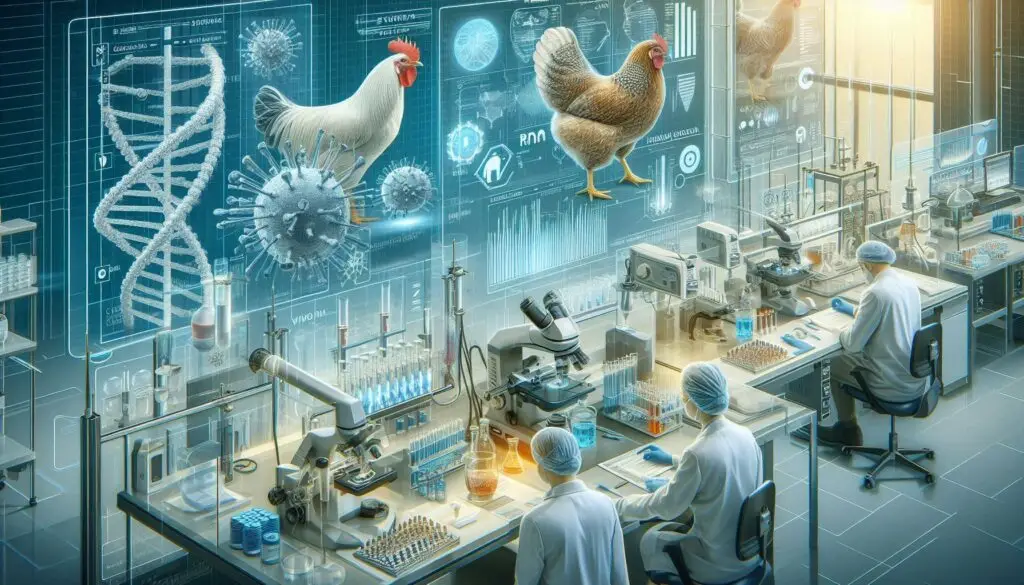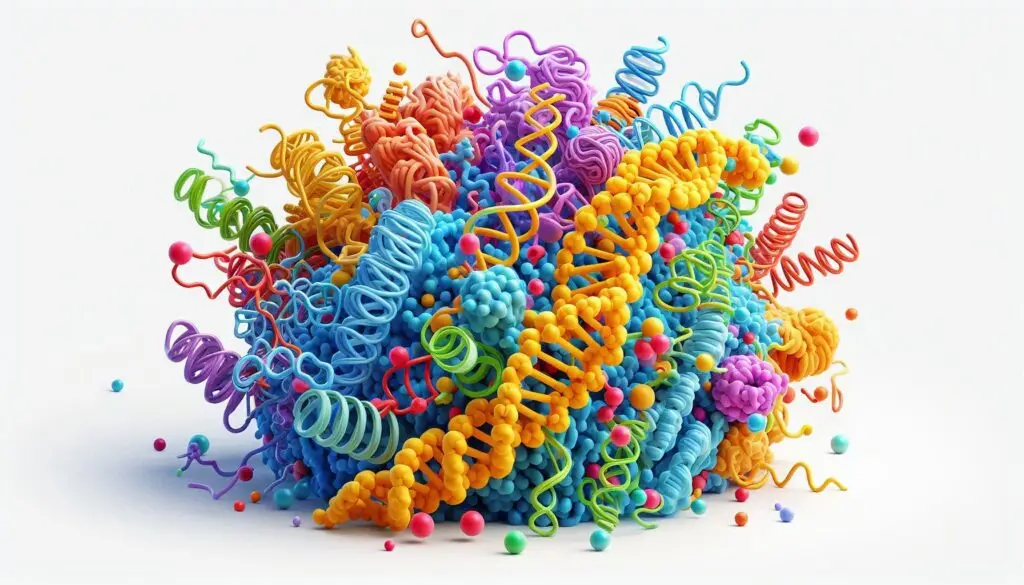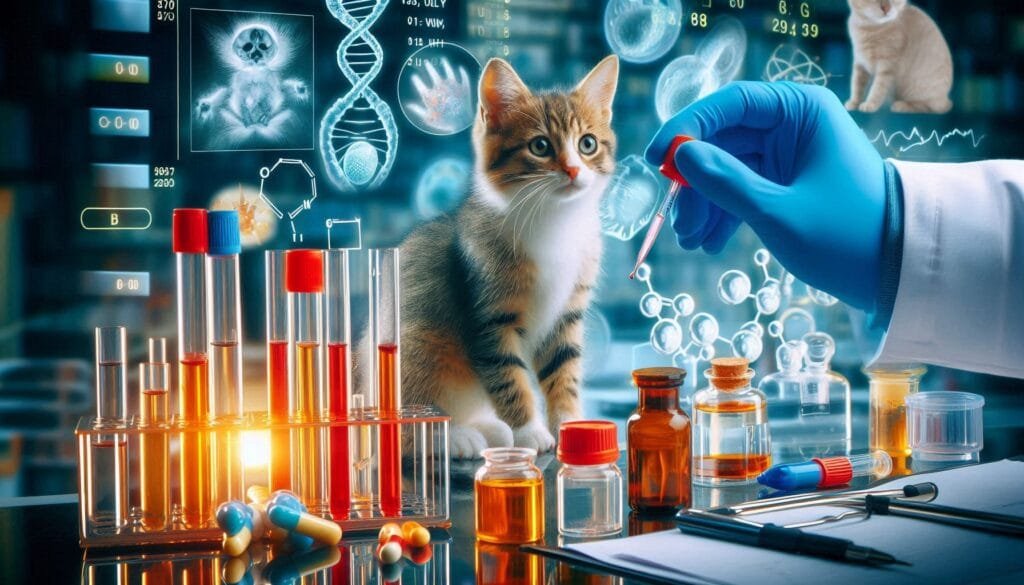Polymerase Chain Reaction (PCR) in Veterinary Medicine

Introduction to PCR in Veterinary Medicine
Polymerase Chain Reaction (PCR) is a revolutionary technique that has transformed veterinary medicine. It allows veterinarians and researchers to amplify specific DNA or RNA sequences quickly and accurately. This method is crucial for diagnosing diseases, conducting genetic testing, and advancing research in animal health.
In this article, we will explore the various applications of PCR in veterinary medicine, its advantages and challenges, and its impact on animal health.
What is PCR?
Understanding the Basics of PCR
PCR is a molecular biology technique that amplifies specific segments of DNA. It was invented by Kary Mullis in 1983. The process involves repeated cycles of heating and cooling, which separate the DNA strands and allow for the synthesis of new strands. This amplification makes it possible to detect even tiny amounts of genetic material.
How PCR Works
- Denaturation: The double-stranded DNA is heated to around 94-98°C, causing it to separate into two single strands.
- Annealing: The temperature is lowered to about 50-65°C. During this phase, short DNA primers bind to the target sequence on each single strand.
- Extension: The temperature is raised to around 72°C. DNA polymerase synthesizes new DNA strands by adding nucleotides to the primers.
This cycle repeats 25-35 times, resulting in millions of copies of the target DNA sequence.
Applications of PCR in Veterinary Medicine
1. Disease Diagnosis
Detecting Infectious Diseases
PCR plays a vital role in diagnosing infectious diseases in animals. It helps identify pathogens like viruses and bacteria with high sensitivity. For example, PCR is used to diagnose canine parvovirus, a highly contagious disease that can be fatal if not treated promptly. You can read more about canine parvovirus diagnosis here.
Real-Time PCR for Rapid Diagnosis
Real-time PCR (qPCR) allows for the detection of pathogens in real-time during the amplification process. This method is particularly useful for highly contagious diseases such as foot-and-mouth disease and avian influenza. By providing results quickly, veterinarians can implement control measures sooner.
2. Genetic Testing
Identifying Hereditary Conditions
PCR is essential for diagnosing genetic disorders in animals. For instance, it can identify conditions like hip dysplasia or certain inherited cancers in dogs. Early detection allows for better management and treatment options.
Supporting Breeding Programs
Veterinary professionals use PCR in breeding programs to select animals with desirable traits. Marker-assisted selection relies on identifying specific genetic markers associated with traits like disease resistance or productivity.
3. Veterinary Research
Studying Disease Mechanisms
Research involving PCR helps scientists understand the genetic basis of diseases affecting animals. By analyzing DNA from affected animals, researchers can identify mutations or other genetic factors contributing to disease development.
Vaccine Development
PCR aids vaccine development by identifying pathogen genetic material. This information helps scientists design effective vaccines tailored to combat specific diseases. For instance, researchers are working on vaccines against various viral infections using insights gained from PCR studies.
4. Wildlife Conservation
Tracking Endangered Species
In wildlife conservation efforts, PCR has become a valuable tool for tracking endangered species. By analyzing environmental DNA (eDNA) from non-invasive samples like feces or hair, scientists can monitor populations without disturbing their habitats. Learn more about eDNA applications here.
Biodiversity Studies
PCR enables researchers to identify species from environmental samples, contributing valuable data for conservation efforts. This application helps assess biodiversity and ecosystem health.
Advantages of PCR
1. High Sensitivity and Specificity
One of the main advantages of PCR is its ability to detect very small amounts of nucleic acids. This sensitivity allows for early diagnosis before clinical symptoms appear.
2. Versatility Across Sample Types
PCR can be applied to various sample types beyond blood, including tissue samples and environmental specimens. This versatility makes it suitable for a wide range of veterinary applications.
3. Rapid Results
The speed at which PCR provides results is another significant benefit. Traditional culture methods may take days or weeks, while PCR can yield results within hours.
Challenges Associated with PCR
1. False Negatives
Despite its advantages, PCR can produce false negatives due to inhibitors present in clinical samples or improper sample collection techniques. To mitigate this issue, proper extraction methods are essential.
2. Equipment Costs
The initial investment for PCR equipment can be high, which may limit access for some veterinary practices or research institutions.
3. Interpretation of Results
Interpreting PCR results requires expertise and experience. Misinterpretation can lead to incorrect diagnoses or treatment decisions.
Future Directions in Veterinary PCR
1. Next-Generation Sequencing (NGS)
Next-generation sequencing technologies are becoming more accessible and affordable. NGS allows for comprehensive analysis of entire genomes or metagenomes, providing deeper insights into animal health and disease dynamics.
2. Point-of-Care Testing
Developments in point-of-care testing using PCR will enable veterinarians to conduct tests directly at clinics or farms. This convenience will enhance diagnostic capabilities and improve animal health management.
3. Integration with Artificial Intelligence (AI)
Integrating AI with PCR data analysis could enhance diagnostic accuracy and efficiency further. AI algorithms could help identify patterns and predict outcomes based on vast datasets generated by PCR studies.
Conclusion
Polymerase Chain Reaction (PCR) has revolutionized veterinary medicine by providing rapid and accurate diagnostic tools for infectious diseases and genetic conditions. Its diverse applications extend from clinical diagnostics to wildlife conservation efforts.
As technology advances, the potential for PCR in veterinary science will only grow stronger, improving animal health outcomes worldwide.
For more pearls of Vets Wisdom:
Cell Structure






Responses